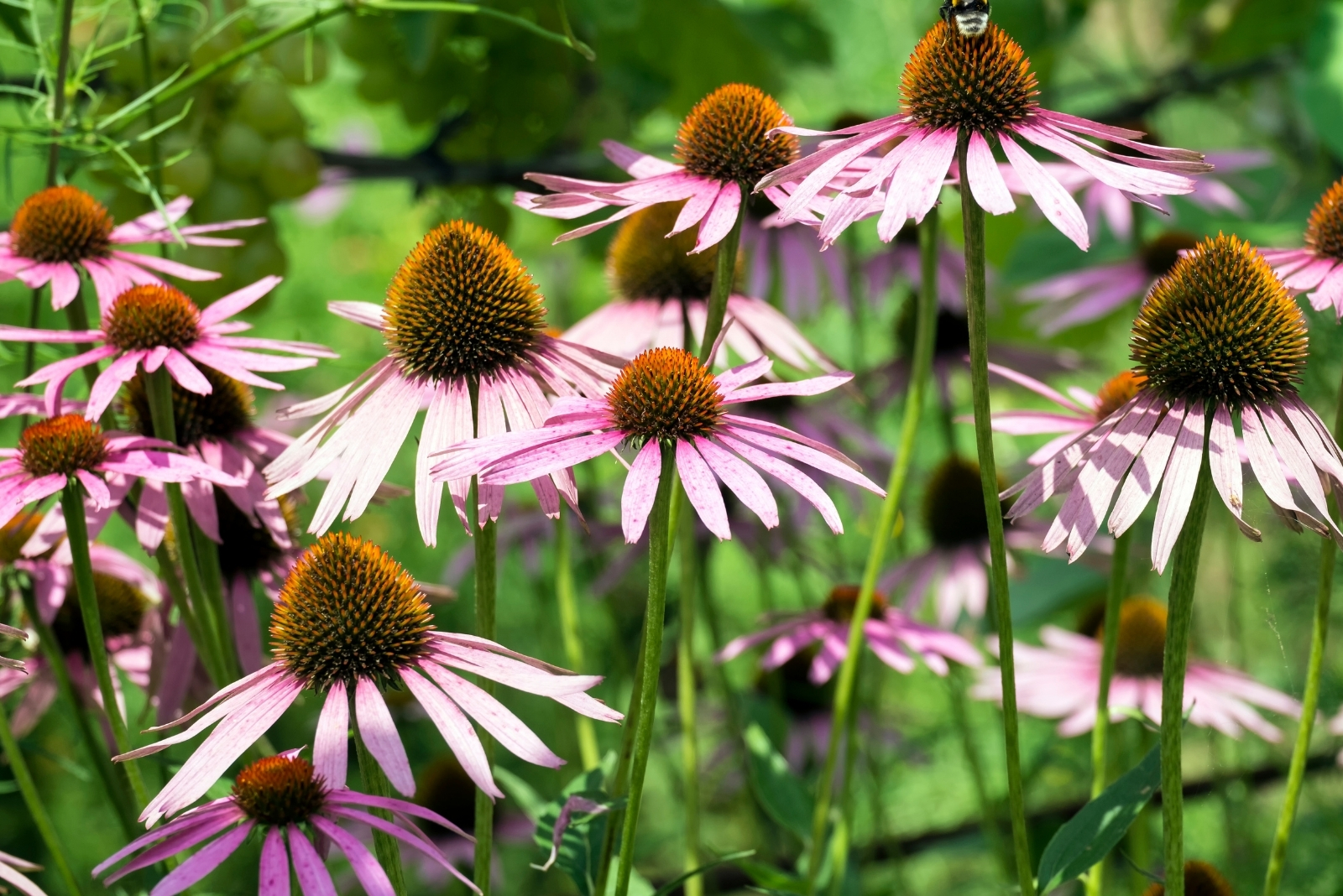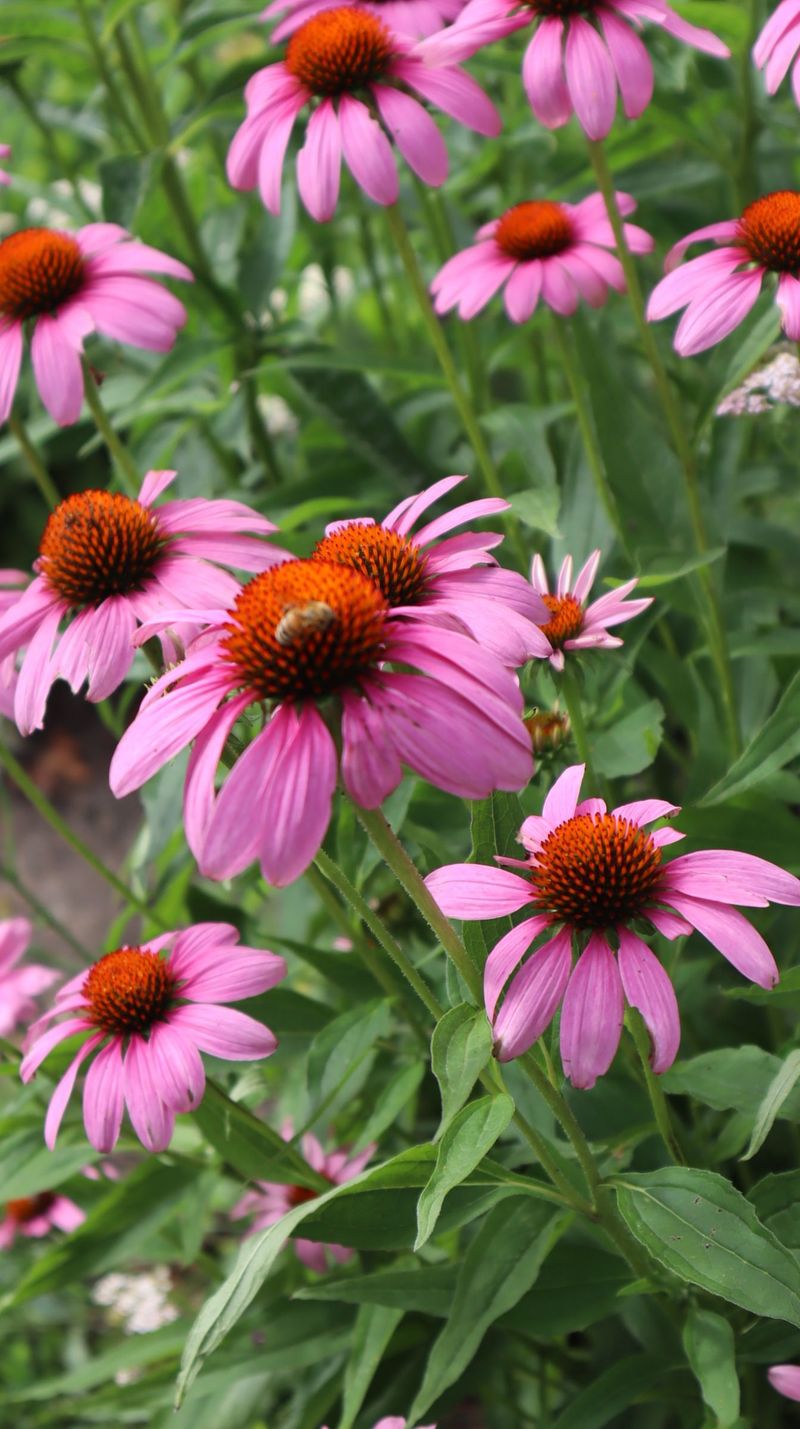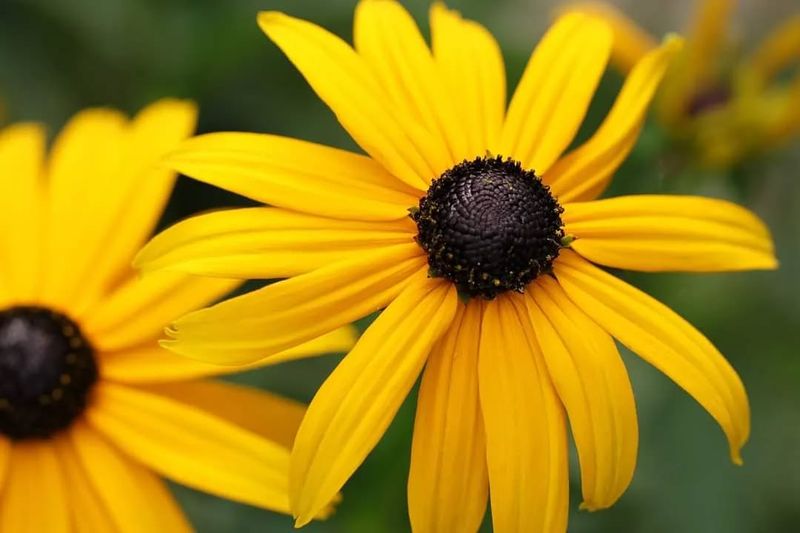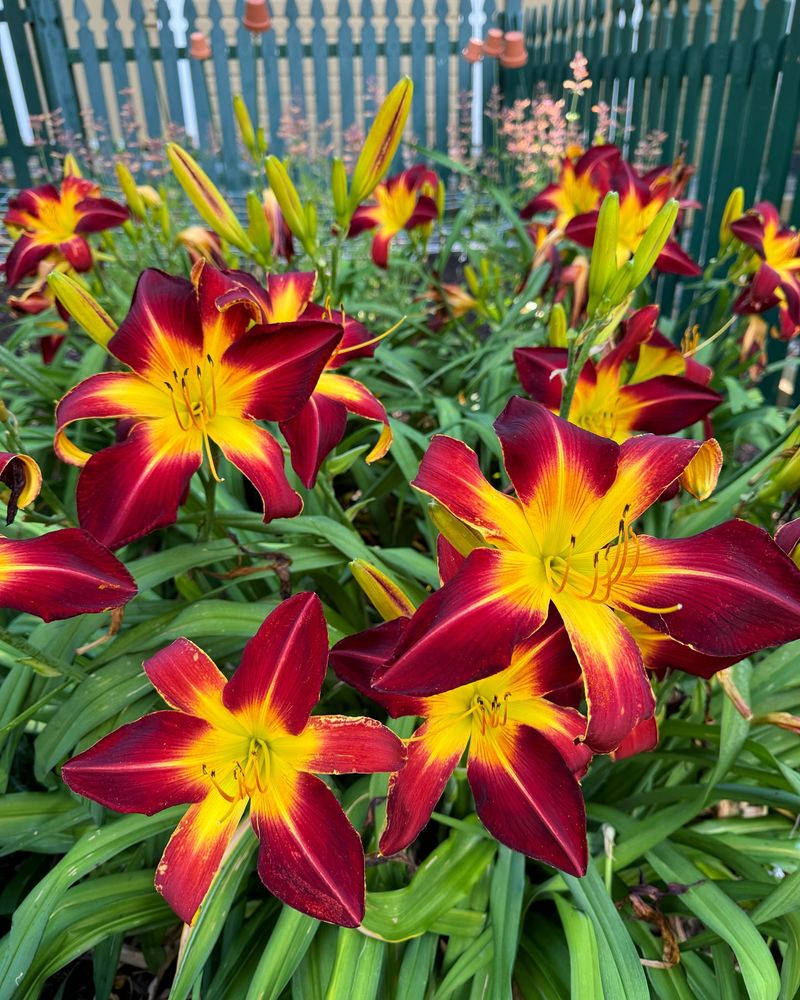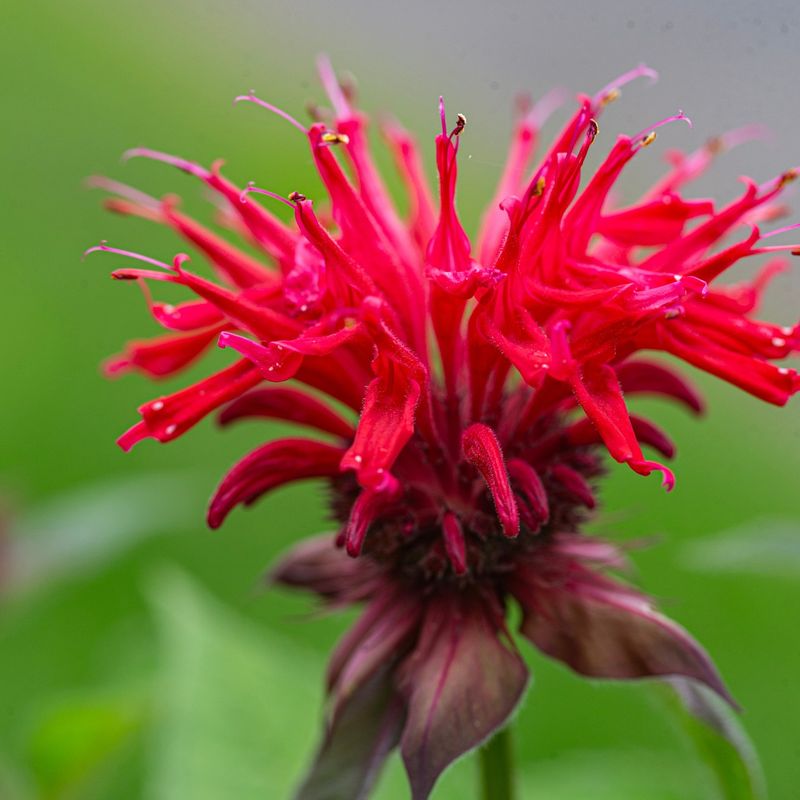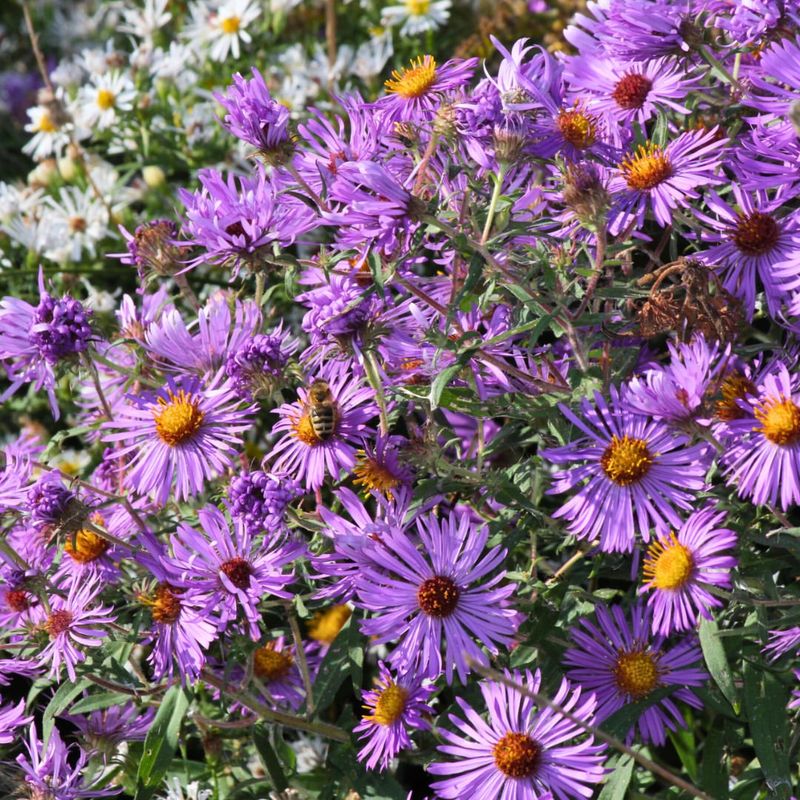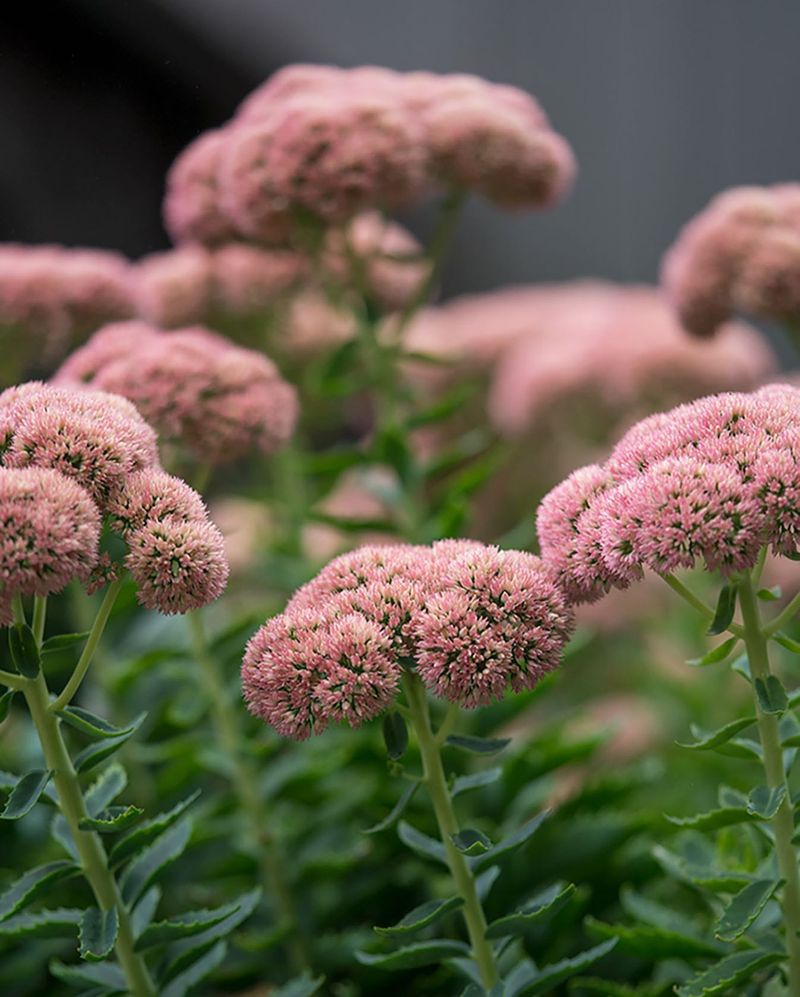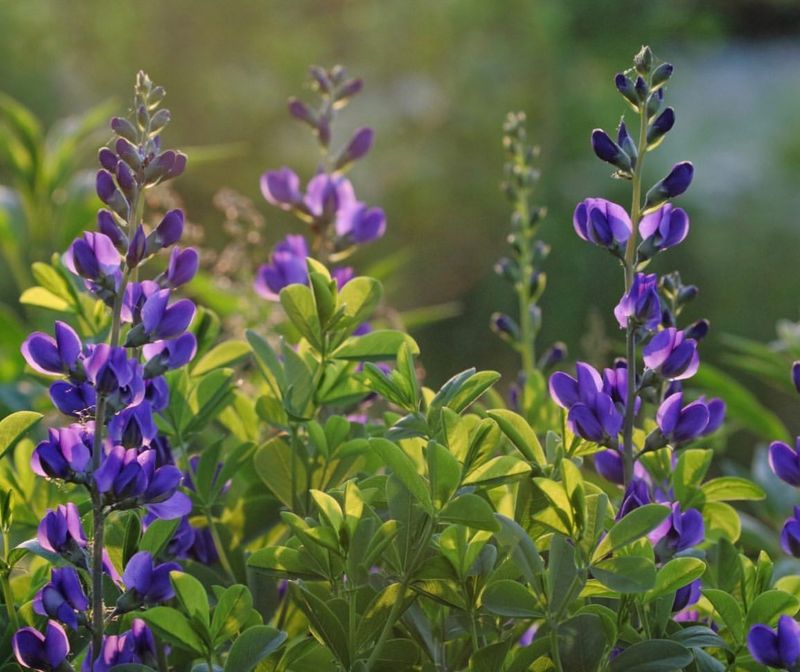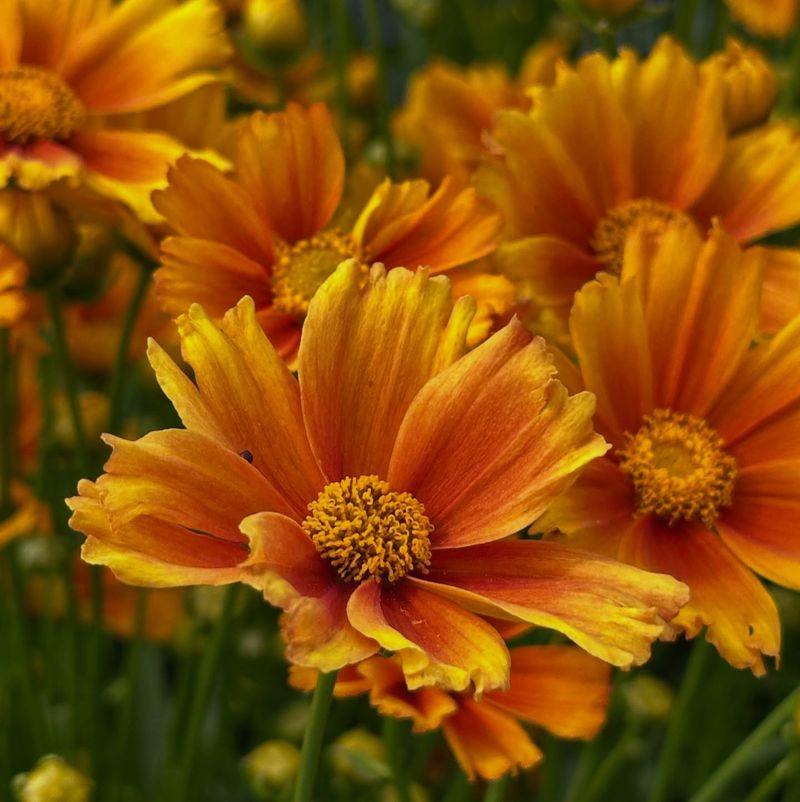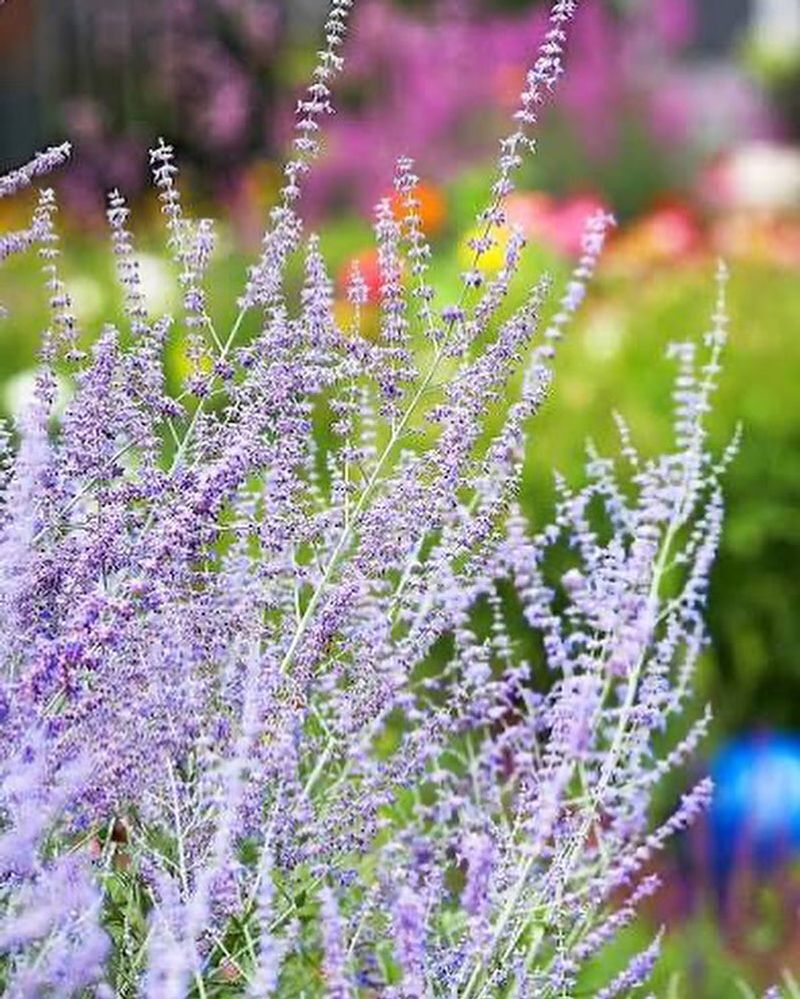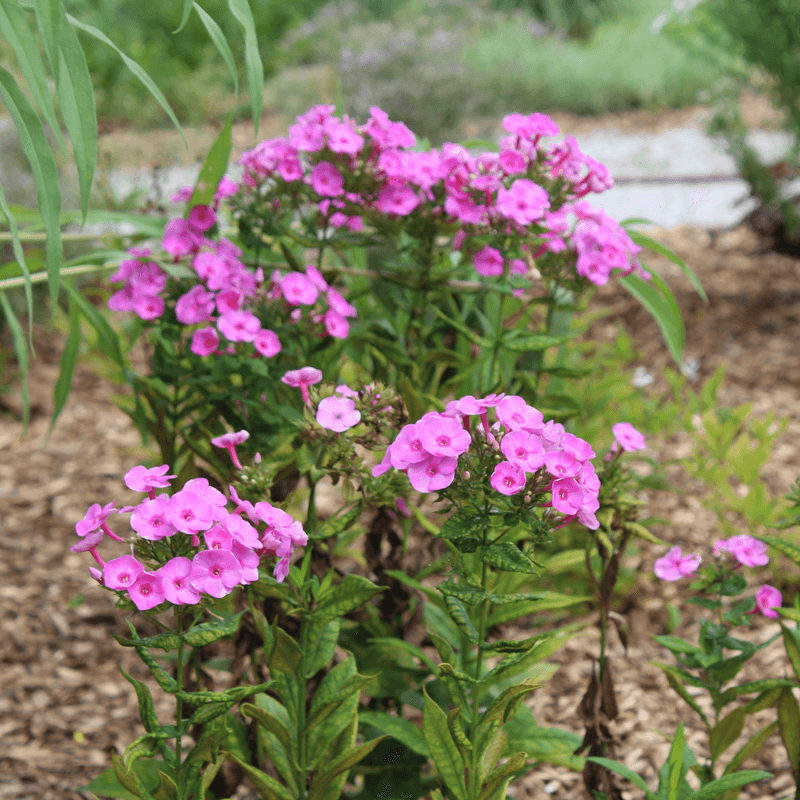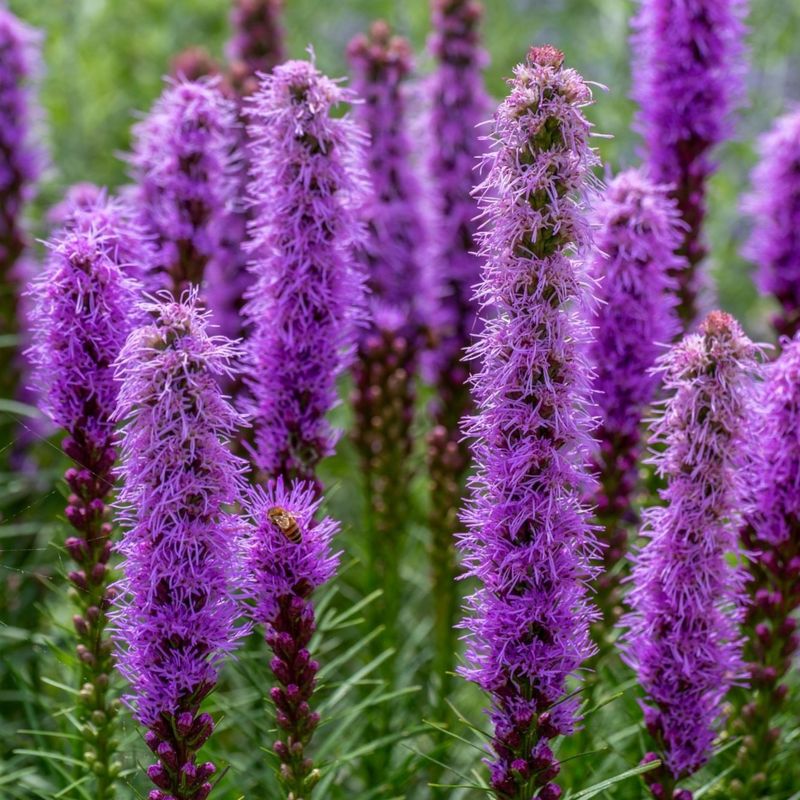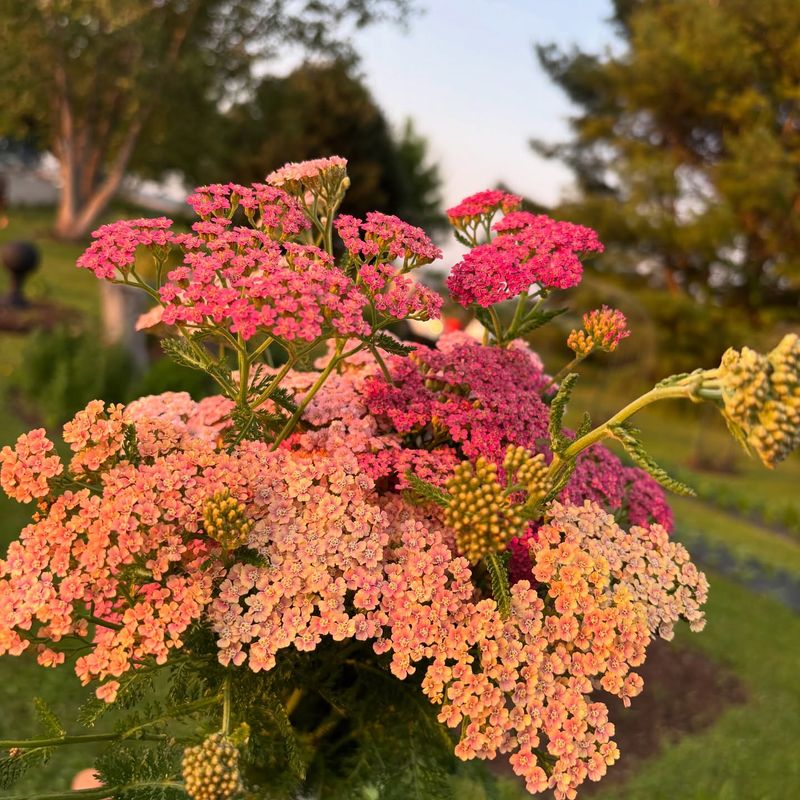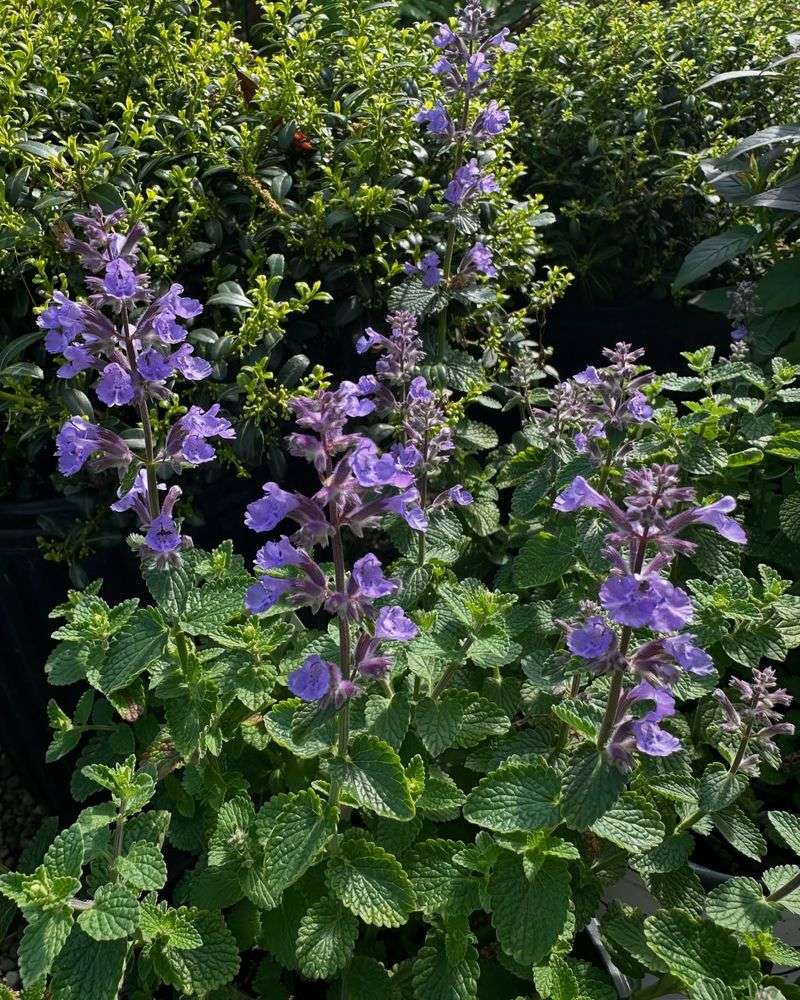Indiana’s gardens are full of potential, and choosing the right flowers can make all the difference. I’ve spent plenty of time experimenting with blooms that thrive here, and some really stand out in our humid continental climate.
These flowers aren’t just resilient—they bring color, life, and a little extra magic to your yard. With the right picks, your garden can look vibrant from spring through fall.
Let’s explore some of the most gorgeous options that flourish beautifully in Indiana’s weather.
1. Coneflower
Native to the Midwest, these drought-resistant beauties bloom from June through October in vibrant purples, pinks, and whites. Their distinctive cone-shaped centers attract butterflies and birds to Indiana gardens.
Leave the seed heads standing through winter for natural bird feeding. Coneflowers need minimal maintenance once established, making them perfect for busy homeowners across the Hoosier state.
2. Black-Eyed Susan
Golden petals surrounding dark centers create cheerful splashes of sunshine in any Indiana landscape. These hardy perennials withstand both summer heat waves and winter freezes with remarkable resilience.
Plant them in clusters for maximum visual impact in your garden beds. Throughout Indiana, Black-Eyed Susans self-seed readily, creating natural drifts of color that return year after year.
3. Daylily
Available in countless colors and patterns, daylilies perform beautifully in Indiana’s challenging climate. Each bloom lasts just one day, but established plants produce dozens of flower buds over several weeks.
Many Indiana gardeners collect different varieties for season-long color. These tough perennials shrug off poor soil, drought, and neglect while still producing spectacular blooms year after year.
4. Bee Balm
Spectacular crown-like blooms in scarlet, purple, or pink attract hummingbirds and butterflies to Indiana gardens. The aromatic foliage gives off a pleasant minty-citrus scent when brushed against or crushed.
Indiana’s humid conditions can sometimes lead to powdery mildew, so choose resistant varieties. Plant bee balm in full sun with good air circulation for best results in your Hoosier garden beds.
5. Aster
Fall-blooming asters provide crucial late-season color when many Indiana gardens start to fade. The daisy-like flowers come in purples, blues, pinks and whites, creating stunning autumn displays.
These native plants thrive in Indiana’s climate and support local pollinators. Butterflies especially love aster nectar during their fall migration through the Hoosier state.
6. Sedum
Succulent foliage in blue-green or purple tones provides year-round interest in Indiana landscapes. Late summer brings clusters of tiny star-shaped flowers that transform into russet seed heads for winter texture.
Indiana’s occasional droughts don’t faze these water-wise plants. Tall varieties like ‘Autumn Joy’ stand strong through Hoosier winters, while low-growing types make excellent ground covers for difficult spots.
7. Baptisia
False indigo produces dramatic spires of blue, purple, yellow or white flowers in late spring. The blue-green foliage resembles small rounded leaves and remains attractive all season in Indiana gardens.
After flowering, interesting seed pods develop that rattle in autumn breezes. Native to the Midwest, baptisia develops deep roots that help it withstand Indiana’s summer heat and winter cold.
8. Coreopsis
Cheerful daisy-like blooms in gold, yellow, or bicolors brighten Indiana gardens from early summer through fall. Most varieties rebloom enthusiastically when deadheaded, extending their flowering season for months.
Coreopsis handles Indiana’s clay soils and summer humidity with ease. These low-maintenance perennials attract butterflies while being deer-resistant, making them perfect for problem areas across the Hoosier state.
9. Russian Sage
Airy lavender-blue flower spikes rise above silvery foliage, creating a soft, hazy effect in Indiana landscapes. The aromatic leaves deter deer and rabbits while attracting beneficial pollinators to your garden.
Russian sage thrives in Indiana’s hot summers and doesn’t mind poor soil. Its drought tolerance makes it perfect for those challenging spots where Hoosier gardeners need reliable, long-blooming color.
10. Phlox
Fragrant clusters of white, pink, purple, or bi-colored blooms appear on sturdy stems throughout summer. Their sweet honey scent fills Indiana gardens on warm evenings, attracting sphinx moths and other pollinators.
Choose mildew-resistant varieties for best performance in Indiana’s humidity. Tall garden phlox makes excellent cutting flowers, while creeping phlox creates spectacular spring ground covers across the Hoosier state.
11. Blazing Star
Tall spikes of fluffy purple flowers create vertical interest in Indiana prairie gardens. These native plants bloom from the top down, providing weeks of color and attracting scores of butterflies in late summer.
Deep roots help blazing star withstand both wet springs and dry summers common in Indiana. Plant these prairie natives in groups for maximum impact and to support pollinators throughout the Hoosier state.
12. Yarrow
Flat-topped flower clusters in white, yellow, pink or red sit atop ferny, aromatic foliage. The long-lasting blooms make excellent cut or dried flowers for Indiana gardeners to enjoy indoors.
Yarrow thrives in Indiana’s challenging clay soils and humid conditions. Its drought tolerance and deer resistance make it a reliable performer throughout the Hoosier state, even in difficult growing spots.
13. Catmint
Clouds of lavender-blue flowers hover above aromatic gray-green foliage from late spring through summer. A quick shearing after the first bloom encourages a second flush of flowers in Indiana gardens.
Catmint’s drought tolerance makes it perfect for hot, dry spots in Hoosier landscapes. Deer and rabbits typically avoid it, while bees and butterflies flock to the nectar-rich blossoms throughout Indiana.

